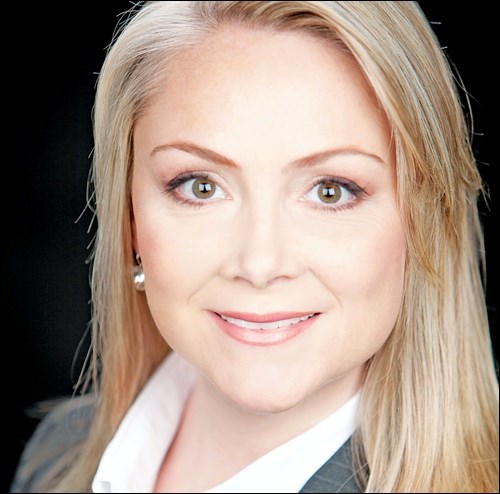A recent report by CIBC economist Benjamin Tal looks at the implications of the huge impending transfer of wealth to Canadians between 50 and 75 years old. He points out that over the past decade, just over half of Canadians in that age group have received an inheritance, with an average value of $180,000. And over the next decade, he writes, another $750 billion is poised to be transferred. For those who have inherited a large sum, the real question isn’t how to spend it…it’s how to keep it. It’s always best to start with three key planning principles.
1. Preserve your capital
Whether you have a windfall of $50,000, $500,000, or $1 million, your big challenge is how to keep it from evaporating. Capital has many enemies, but three of the biggest systemic ones are inflation, taxes, and macroeconomic forces. Your approach to these realities should be purely defensive.
For example, that $500,000 bequest starts to lose purchasing power as soon as it is transferred to your bank account. Statistics Canada reports that Canada’s annual inflation in April was 2.2% when food and energy prices are excluded from calculations. Doesn’t sound like much, does it? But on $500,000, that’s a loss of purchasing power of $11,000 in a year.
Then, there are taxes. If you temporarily put your $500,000 inheritance into 1-year Government of Canada Treasury bills, which were recently yielding 0.53%, you’ll receive $2,650 in interest income. Being interest income, that will be taxed away at your top marginal rate, let’s assume around 50%. You’re left with the princely sum of $1,329.
You’ll note that the yield here is less than the current 2.2% annual rate of inflation for the same period. Assuming core inflation remains in the same general range where it is now, in terms of purchasing power over the next 12 months, your return would be about $1,295 after taxes and inflation. And don’t forget, your original capital tied up in T-bills has also lost purchasing power in the meantime.
As for macroeconomic events, like market-shaking financial crises, U.S. government shutdowns, geopolitical tensions in the Middle East, and so on, these can evaporate your capital in a heartbeat (never to be seen again) if you’ve made some ill-considered asset allocation decisions.
So if you’ve been handed a tidy bequest, preserving it is job one.
2. Control your spending
A large inheritance can make you feel very flush indeed. Just be sure you’re not tempted to flush it down the drain. Cars, vacations, casinos all beckon when you suddenly come into possession of a fat bank account. And you certainly have enough to fund that one-time luxe vacation you’ve been dreaming about. But be careful. Put a maximum dollar value on that one-time splurge, and then leave it at that. Uncontrolled spending will make you feel like you’re always broke – until you are.
So how do you reign in the urge to splurge? It’s tough to do it yourself. So a sensible, professionally prepared financial plan will bring that under control, relieving you once and for all of that sense of impending financial doom.
3. Make it grow…efficiently
Capital preservation is essential, but with larger amounts, it becomes commensurately more of a headache.
To preserve your wealth and keep it working and producing for you, you have to make some key decisions about your tolerance for risk, and from there, how to allocate those assets in the most tax-efficient way possible.
We’ve already seen the futility of abandoning large lump sums to so-called “risk-free” vehicles as a capital preservation strategy. Even if the temptation is just to leave it in a bank or other deposit-taking institution, you will soon run up against the maximum amounts allowable for Canada Deposit Insurance. So even here, what you might think is completely “risk free” really isn’t.
For those larger nest-eggs, it’s important to diversify assets over a number of classes (including fixed-income, equity, and alternative investments) using a variety of strategies, including hedge funds, venture capital, private offerings, tax shelters, and other vehicles for “accredited” investors,” to ensure both capital preservation and tax-efficient growth to keep that income stream coming.
If this sounds like gobbledygook to you, you’re not alone. Sophisticated tax and investment strategies that can make this all work – and make sure you still have that capital and more when you’re ready to retire yourself – are definitely not a “do-it-yourself” proposition. A skilled financial advisor who can tap into a network of opportunities for high net worth individuals is essential here. And so for such individuals, getting the right advice right off the bat should be Principle Number 4.
Courtesy © 2016. , is president of . This article is not intended as personalized advice.




